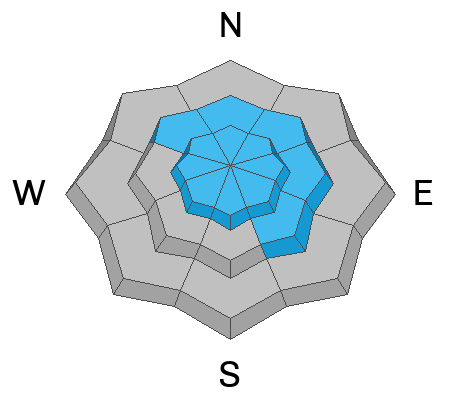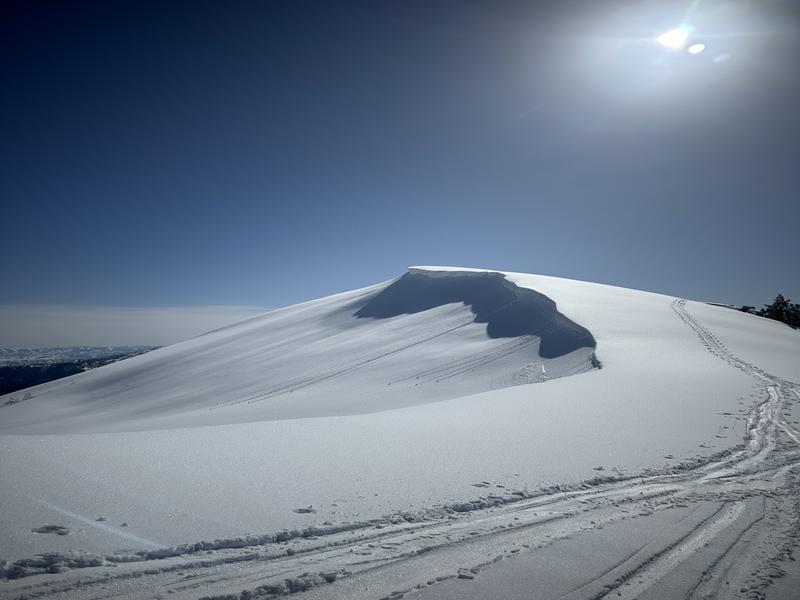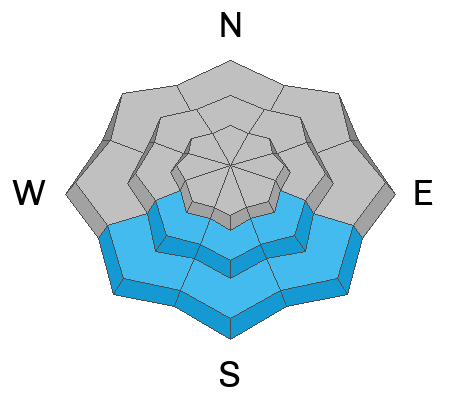Forecast for the Ogden Area Mountains

Issued by Nikki Champion on
Sunday morning, February 25, 2024
Sunday morning, February 25, 2024
Today, the avalanche danger is MODERATE across all upper-elevation terrain for stubborn slabs of wind-drifted snow.
On low and mid-elevation slopes facing southwest through south and southeast, the avalanche danger may rise to MODERATE as the snow surface heats up, potentially leading to small wet-loose avalanches on solar aspects. The remaining aspects have a LOW avalanche danger.
It's crucial to carefully evaluate snow and terrain today, identifying potential hazards, as human-triggered avalanches are possible.

Low
Moderate
Considerable
High
Extreme
Learn how to read the forecast here









